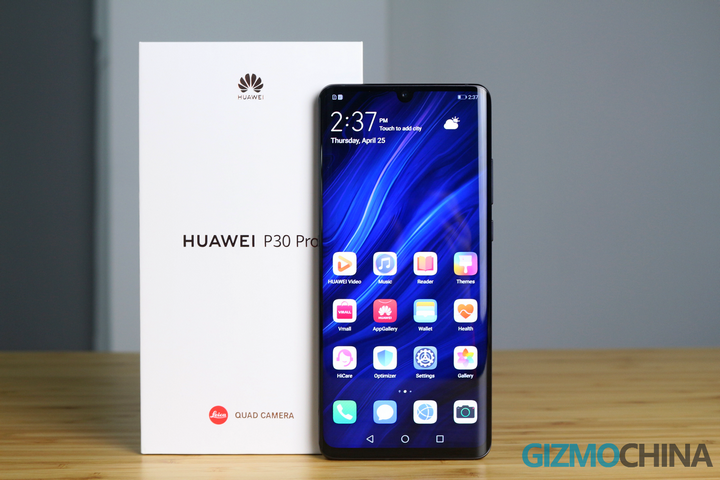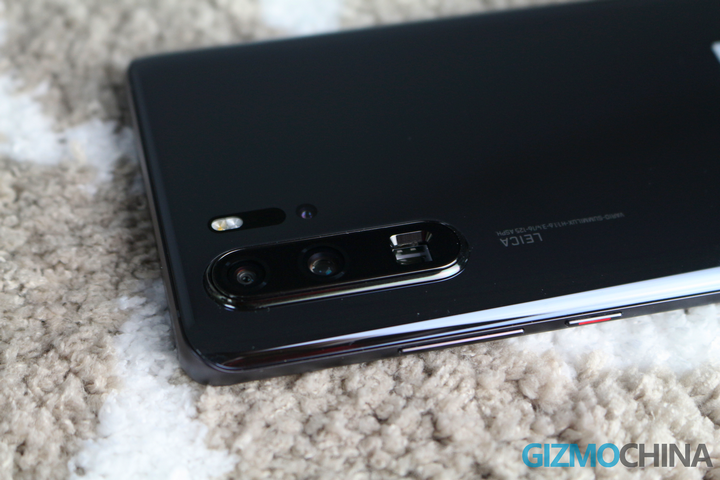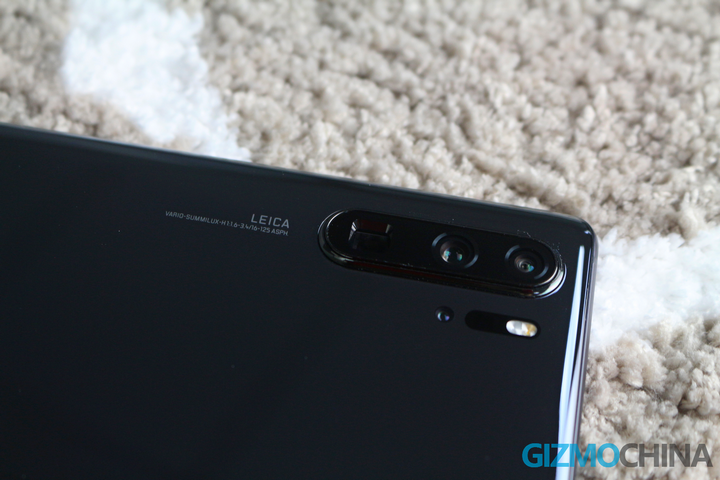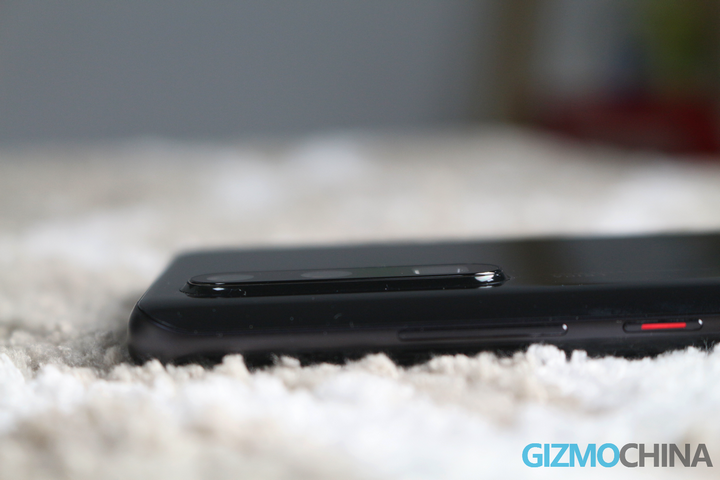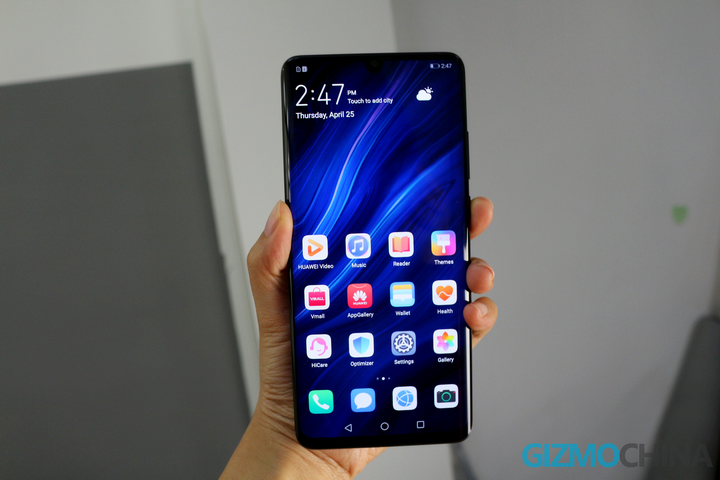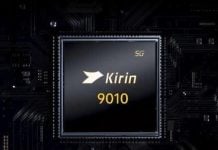A few days ago, Huawei P30 Pro, one of the best flagship smartphone in the first half of the year, was released worldwide. Huawei P series is famous for its excellent camera module, and the DxOMark Mobile score of Huawei P30 Pro has reached up to 112, which is the best score till date. I got the P30 Pro a couple of days ago, and it was so exciting to test the camera.
So, let’s check out the Huawei P30 Pro camera review! In case you missed, we have already reviewed the Huawei P30 and the Huawei P30 Pro models separately. In this post, we’ll focus on reviewing its powerful camera module.
First, let’s have a look at the indoor samples.
These images were shot in low light and the sample with HDR mode turned on is noticeably brighter than the regular mode. The wide-angle image with the normal mode is also brighter than the normal image. Take a look at the second image, there’s a slightly purple cast. Although the brightness is different, the details are rendered well.
I do like the bokeh performance. I focused on the sashimi dish, and the background bokeh is noticeably good. So much that the sashimi looks delicious in the image!
[envira-gallery id=”249762″]At 2x zoom factor, the details of images still came out well. However, at 5x zoom, it’s not so clear. Actually, compared to the other images with 5x zoom factor, I think the dimly lit room didn’t help much with the amount of details in these samples.
[envira-gallery id=”249769″]Overall, the Huawei P30 Pro camera performs well in low light, and the HDR mode renders are brighter than the normal mode.
Look at the outdoor images at night.
Looking at the McDonald’s neon sign, the normal and HDR images are overexposed. Compared with them, the night mode image keeps the original color and has more details. What’s more, the control of noise reduction is better than the other two modes.
[envira-gallery id=”249774″]At 5x magnification, the detail retention and the color are good. The Huawei P30 Pro camera amazes me because of the color reproduction and detail retention, even at the 10x zoom factor. I find that this camera module can triumph over most of the flagship smartphone camera modules.
[envira-gallery id=”249778″]The sample below was shot in daylight.
Looking at the sky color, the normal mode image has a warmer tint, and the HDR mode is inclined to its original color. The performance of magnification is really good in ample lighting conditions. The Huawei P30 Pro camera is capable of capturing more details and keeping the noise levels low.
[envira-gallery id=”249782″]Take a look at the 5x zoom factor and 10x zoom factor samples below, the images are clear and sharp. And the difference between normal mode and HDR mode is in the hue and brightness. The HDR mode is brighter than the normal mode.
[envira-gallery id=”249787″]Look at the super macro sample. The image is taken in the close distance, and it still shows more details. The image is more saturated than in reality.
[envira-gallery id=”249792″]Selfies look nice too, and they are sharp and detailed. There are three adjustable options in the portrait mode, and I took selfies in the default portrait camera mode. Noticeably, the skin is smoother, the face is thinner and the facial color has a warmer tone. I like the portrait mode, but if you like natural and real images, you should take selfies from its normal mode.
[envira-gallery id=”249795″]The rear panel of Huawei P30 Pro comes with 40MP wide angle lens with f/1.8 aperture, 20MP ultra wide angle lens with f/2.2 aperture, 8MP telephoto with f/3.4 aperture and HUAWEI Time-of-Flight (TOF) camera. And there is a 32MP front-facing camera with f/2.0 aperture.
Overall, I do love the Huawei P30 Pro’s camera module. The performance of zoom magnification, background bokeh, detail retention, and noise reduction is incredible. No doubt the P30 Pro deserves the number one spot in the DxOMark ranking.

